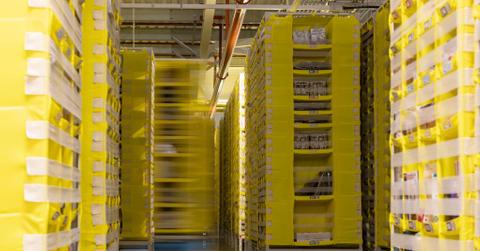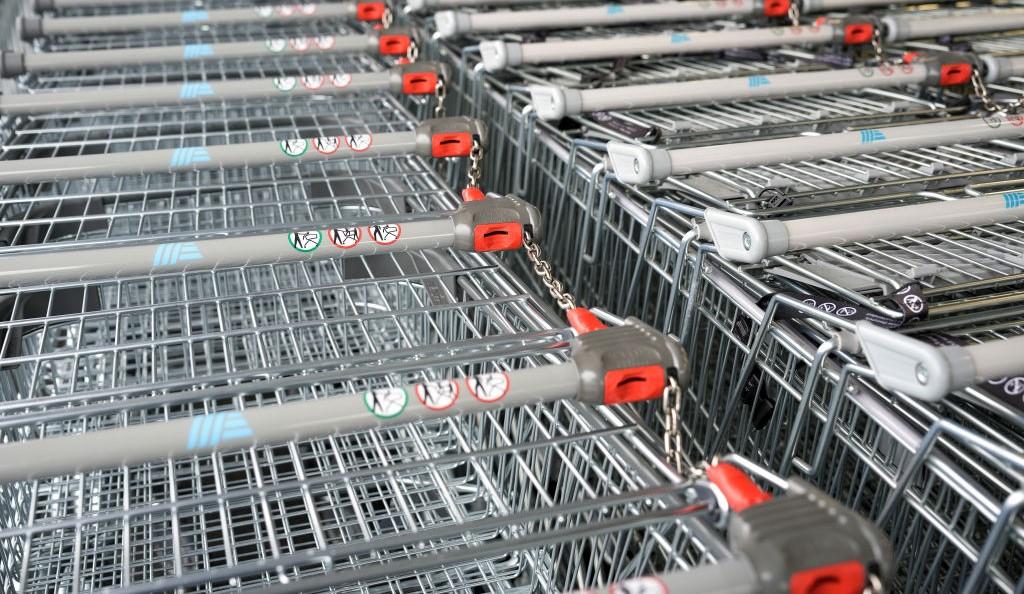Wholesale Inflation vs. Retail Inflation: What’s the Difference?
Wholesale inflation isn't the same thing as retail inflation. We'll break down the differences between wholesale inflation and retail inflation.
Aug. 11 2022, Published 2:17 p.m. ET
By now, you probably know that the cost of living for American consumers is up 8.5 percent in the 12 months ending in July. That’s an important metric, but it doesn’t paint the whole inflationary picture.
Wholesale and retail inflation are different, though they do tend to follow similar trends. By using the right data, you can determine where wholesale and retail inflation lie.
There are differences between inflation in the wholesale and retail sectors.
Retail inflation refers to the rate of change in costs for goods and services that American consumers pay to retailers.
Wholesale inflation refers to the rate of change in costs for goods and services from U.S. producers.
The two measure different parts of the supply chain, but they aren't mutually exclusive. While retail inflation uncovers how price changes directly impact consumers, wholesale inflation talks about a part of the supply chain that predates the consumer. The stream of inflation drips down to the consumer, and some producers pass on costs to consumers to maintain their own profit expectations while others eat the cost.
The CPI measures U.S. retail inflation.
The Bureau of Labor Statistics Consumer Price Index (CPI) is the flagship inflation report in the U.S. It comes out monthly and highlights the previous month’s inflation rate.
The CPI isn't perfect — it highlights the cost of living for consumers in urban areas, leaving out the 14 percent of the population living in rural areas plus others in nonmetropolitan regions.
The PPI measures U.S. wholesale inflation.
The BLS Producer Price Index (PPI) is a leading indicator of inflation in the U.S., highlighting wholesale price changes on a monthly basis.
According to the BLS, “The prices included in the PPI are from the first commercial transaction for many products and some services.”
For many wholesalers, PPI reports aren't a one-size-fits-all solution. That’s why there are thousands of industry and commodity prices. With 500 industry-specific PPI reports and at least 3,700 commodity-specific PPI reports, producers can get a granular view of the state of business as it relates to them.
Wholesale and retail price trends show two ends of the consumer spectrum.
The CPI and PPI reports show two ends of the consumer spectrum. The CPI shows consumer prices are up 8.5 percent in the year ending in July. This is down from the previous month’s 9.1 percent, meaning inflation remained unchanged in July (largely due to gas prices dropping from record highs).
The PPI shows wholesale prices are up 9.8 percent in the 12 months ending in July. Goods fell 1.8 percent and services increased 0.1 percent during July. This is down from the previous month’s 11.3 percent.
The wholesale and retail inflation data agree that prices are cooling, but we have yet to determine if the plateau is really here. As chief economist at accounting company RSM Joseph Brusuelas says, “While the worst of it may be behind us, the central bank has years of hard work in front of it, and the goal of restoring price stability may cause a recession next year.”


